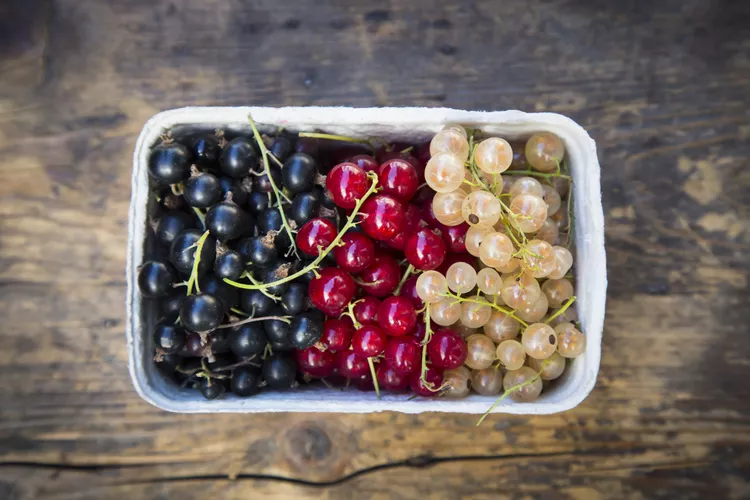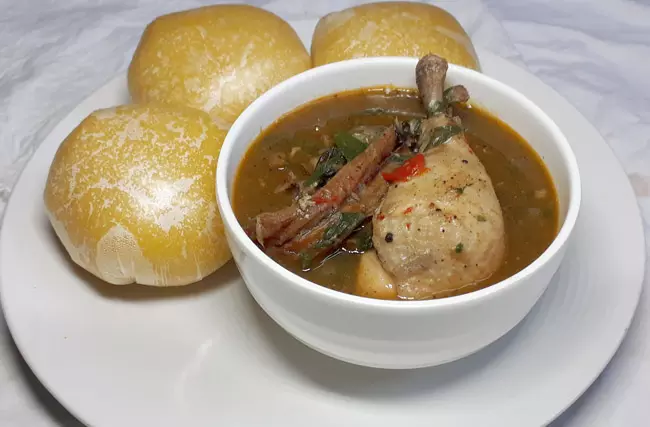How To make Akpu in Nigeria
How To make Akpu in Nigeria: If you’re here, you might be wondering how the popularly known food called Akpu (Fufu) is made in Nigeria. I will be sharing the procedure for making Akpu (Fufu). This process requires a lot of strength and effort. Fufu, also known as Akpu in Igbo land, is a traditional Nigerian dish made from cassava tubers. It is typically served as an accompaniment to various soups like egusi soup, vegetable soup, and more, and it is a staple food in many Nigerian households.
Things and Items You Will Need to Make Akpu (fufu):
- Newly harvested cassava: its number depends on the amount of fufu u would love to make
- A cheesecloth (locally, you can use any garri sack or rice sack)
- A mortar and pestle
- transparent waterproof
Step-by-Step Procedure for Making Akpu (Fufu)
1. Peel the Cassava:
Begin by carefully peeling the skin off the cassava tubers. Use a sharp knife to remove the thick outer layer, being careful not to cut into the flesh of the cassava. Ensure that you remove all the skin to avoid any bitter taste in the final product.
2. Cut into Small Pieces:
Once peeled, cut the cassava into small pieces or shapes. This will help in the soaking and grinding processes, allowing for easier handling and faster softening. Aim for uniform sizes to ensure even cooking and fermentation.
3. Rinse the Cassava:
Rinse the cut cassava pieces thoroughly in clean water. This step removes any dirt, sand, or residual bitterness. It’s important to use fresh water and ensure that all pieces are well washed before proceeding.
4. Soak the Cassava:
Place the rinsed cassava pieces in a clean bowl and submerge them in fresh water. Allow the cassava to soak for about two days. This soaking process helps to soften the tubers, making them easier to grind and ultimately creating a smoother texture for the Fufu.
5. Grind the Cassava:
After soaking, drain the cassava pieces and transfer them to a grinding machine. Grind the soaked cassava into a smooth paste. If you don’t have a grinding machine, you can use a traditional mortar and pestle, but this will require more effort. The goal is to achieve a fine, smooth consistency without any lumps.
6. Prepare for Fermentation:
Once ground, transfer the cassava paste into a large bowl. Pour enough water over the paste to cover its surface completely. Cover the bowl with a lid or a clean cloth and leave it to ferment in a cool, dry place for about five days. During this time, the cassava will undergo fermentation, which develops its flavor and texture.
7. Change Water:
On Day 2, you will notice that the ground cassava has settled at the bottom of the bowl, and there will be some water on top. Carefully pour out the excess water, ensuring that the cassava remains in the bowl. Replace it with fresh water. This process helps reduce the amount of starch in the cassava, which is essential for achieving the right texture for the Fufu. Repeat this water-changing process on Day 3 and Day 4.
8. Remove More Starch:
After five days of fermentation, take a cheesecloth and place it over a bowl. Transfer the fermented cassava into the cheesecloth. Gather the corners of the cloth and twist it to squeeze out as much starch as possible. This step is crucial as it further refines the Fufu, ensuring a smooth and elastic texture.
9. Boil Water:
In a separate pot, set water on fire and bring it to a boil. Allow the water to heat up to approximately 100 degrees Celsius. This boiling water will be used to cook the cassava and is essential for achieving the perfect consistency.
10. Scoop the Fermented Cassava:
Carefully scoop out the fermented cassava from the cheesecloth in manageable portions. It’s best to work in small batches to ensure even cooking.
11. Cook the Cassava:
Add the scooped portions of cassava into the boiling water. Allow it to cook for about 12 to 15 minutes. You may notice that the cassava starts to thicken and change in texture as it cooks. Stir occasionally to ensure that it cooks evenly.
12. Pound the Cassava:
Once cooked, transfer the cassava into a mortar. Using a pestle, pound the cassava until it becomes a smooth and elastic dough. While pounding, you may notice some parts are still a bit hard; if that happens, add a little hot water and continue to pound until the entire mixture is uniformly soft and smooth. This part of Fufu preparation can be the most stressful, especially when making a large quantity.
13. Final Touch:
Congratulations! Your Fufu is now ready. To store, get a transparent waterproof wrapper or container and wrap the Fufu tightly. This helps to keep it fresh for later use. You can serve it with a variety of soups or stews, such as egusi, vegetable soup, or any preferred Nigerian dish.

Health Benefits of Akpu (Fufu) to Nigerians:
- Energy Source:
Akpu (Fufu) is primarily composed of carbohydrates, making it an excellent source of energy. The complex carbohydrates provide sustained energy throughout the day, making it a great choice for individuals with active lifestyles or those engaging in physical activities. - Gluten-Free:
Fufu is made from cassava, which is naturally gluten-free. This makes it a suitable option for individuals with gluten intolerance or celiac disease, allowing them to enjoy a starchy food without the adverse effects associated with gluten. - Versatile Pairing:
Fufu pairs well with a wide variety of soups and stews, such as egusi, vegetable soup, or okra soup. This versatility allows for a diverse range of flavors and nutrients, enhancing the overall nutritional value of meals. By combining Fufu with nutrient-rich accompaniments, you can create a well-rounded meal. - Digestive Health:
While Fufu is not high in fiber, it does contain some dietary fiber, which is important for digestive health. The fiber aids in promoting regular bowel movements, helping to prevent constipation and support a healthy digestive system. When served with high-fiber soups, the overall fiber intake can be improved. - Low in Fat:
Akpu (Fufu) is very low in fat, making it a heart-healthy food choice. The low-fat content can be especially beneficial for individuals looking to reduce their overall fat intake while still enjoying filling meals. - Cultural Significance:
Beyond its nutritional value, Fufu holds cultural significance in many Nigerian households. It is often enjoyed during family gatherings, celebrations, and special occasions, fostering a sense of community and tradition. Sharing a meal of Fufu with family and friends strengthens social bonds and cultural identity. - Nutrient Absorption:
When served with protein-rich or vitamin-rich dishes, such as meat or leafy greens, Fufu can enhance the absorption of essential nutrients. The presence of carbohydrates helps facilitate the digestion and absorption of nutrients, contributing to overall health and well-being. - Satiating Effect:
Due to its dense texture and carbohydrate content, Fufu can help promote a feeling of fullness. This satiating effect can be beneficial for those looking to manage their appetite and prevent overeating, making it easier to maintain a balanced diet. - Affordable and Accessible:
Fufu is made from readily available ingredients, particularly cassava, which is widely grown in Nigeria and other parts of Africa. This affordability makes it accessible to many households, contributing to food security and nutrition..
Conclusion
Making Akpu (Fufu) is a labor-intensive process that involves peeling, soaking, fermenting, and cooking cassava to create a smooth and elastic dough. It is a staple in many Nigerian households and is enjoyed with a variety of soups. Fufu is not only an excellent source of energy and naturally gluten-free but also holds cultural significance. Its versatility in pairing with different soups makes it a nutritious and satisfying meal. Despite the effort required to prepare it, the nutritional and cultural benefits make Akpu an essential part of Nigerian cuisine.







